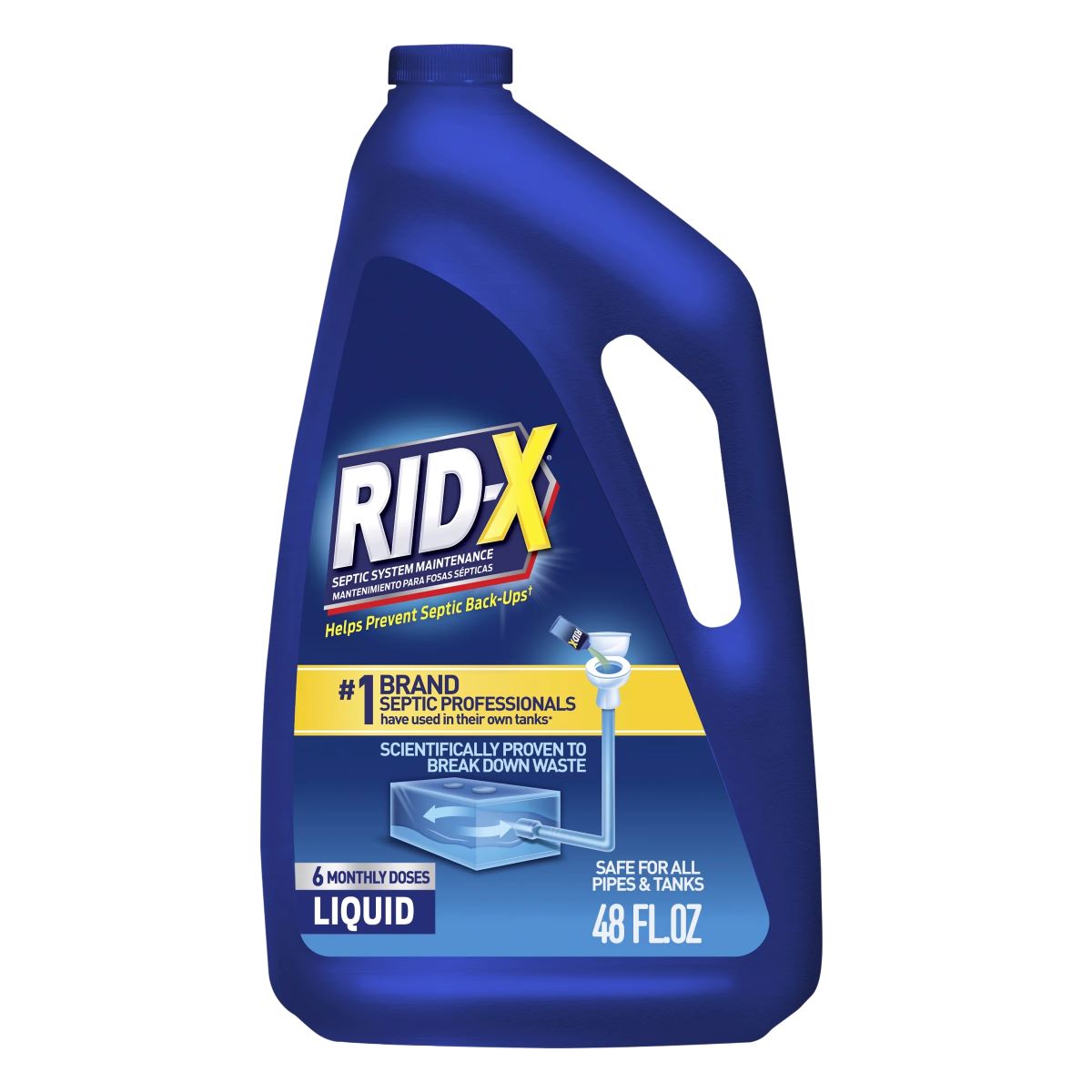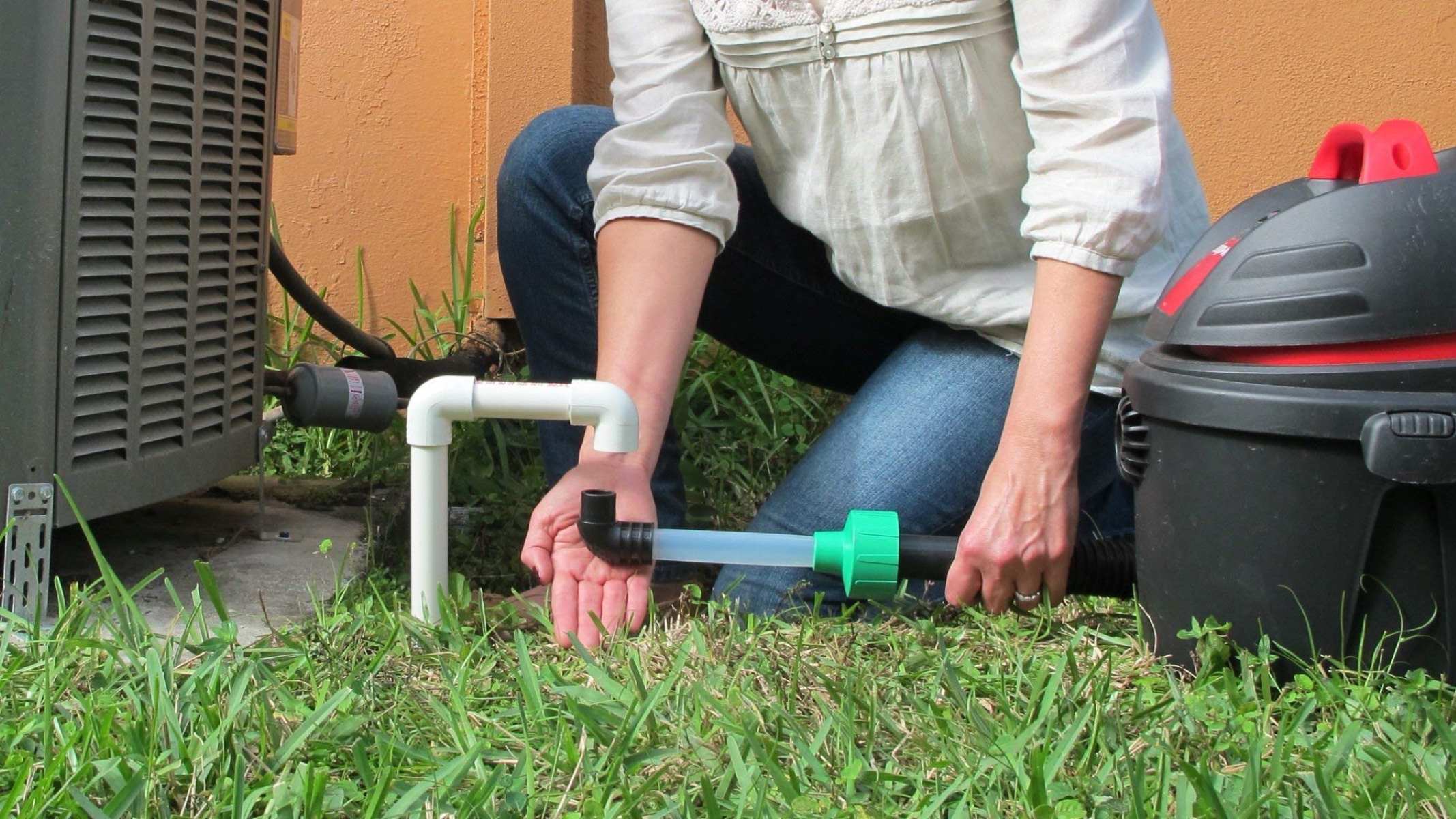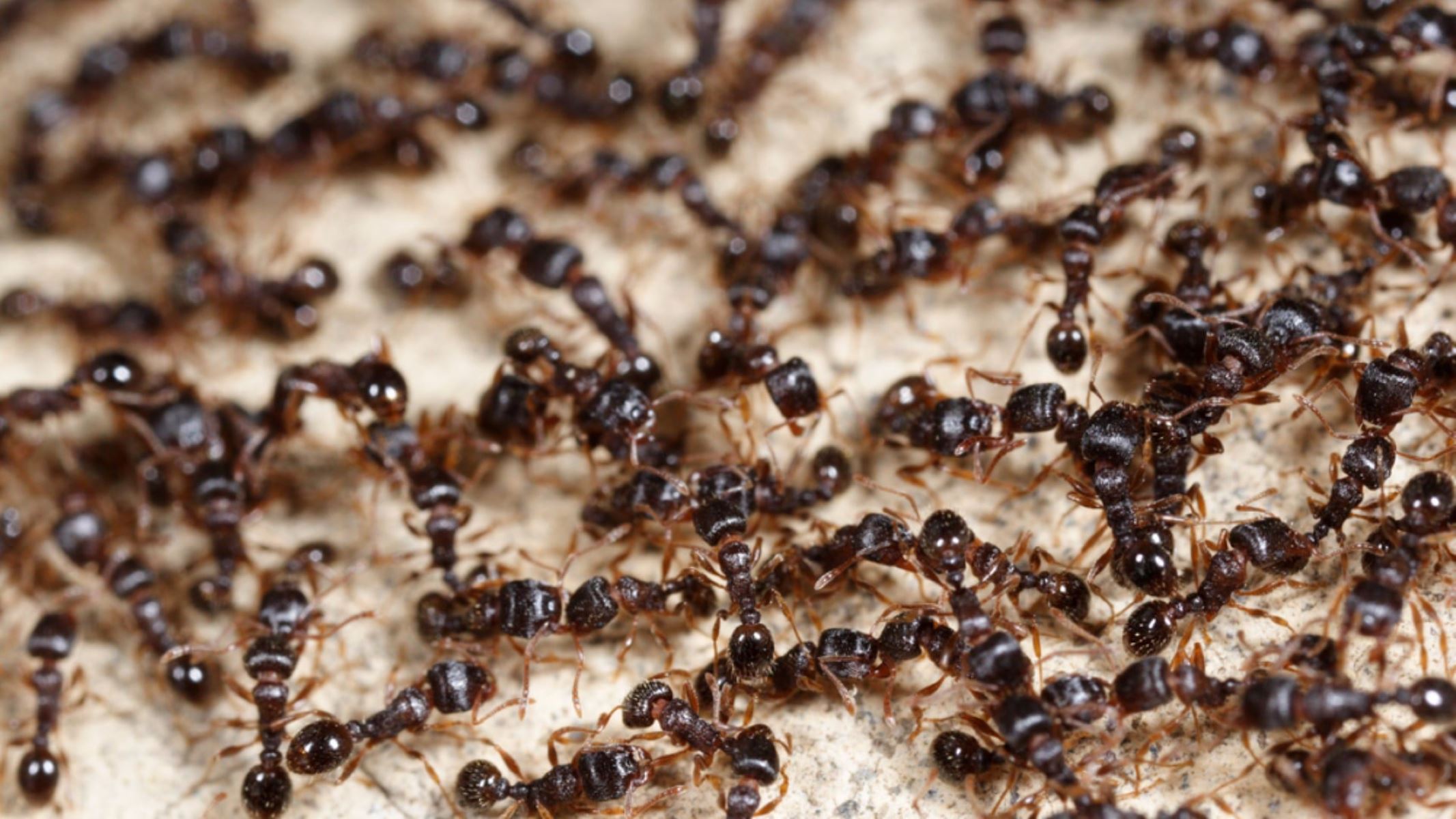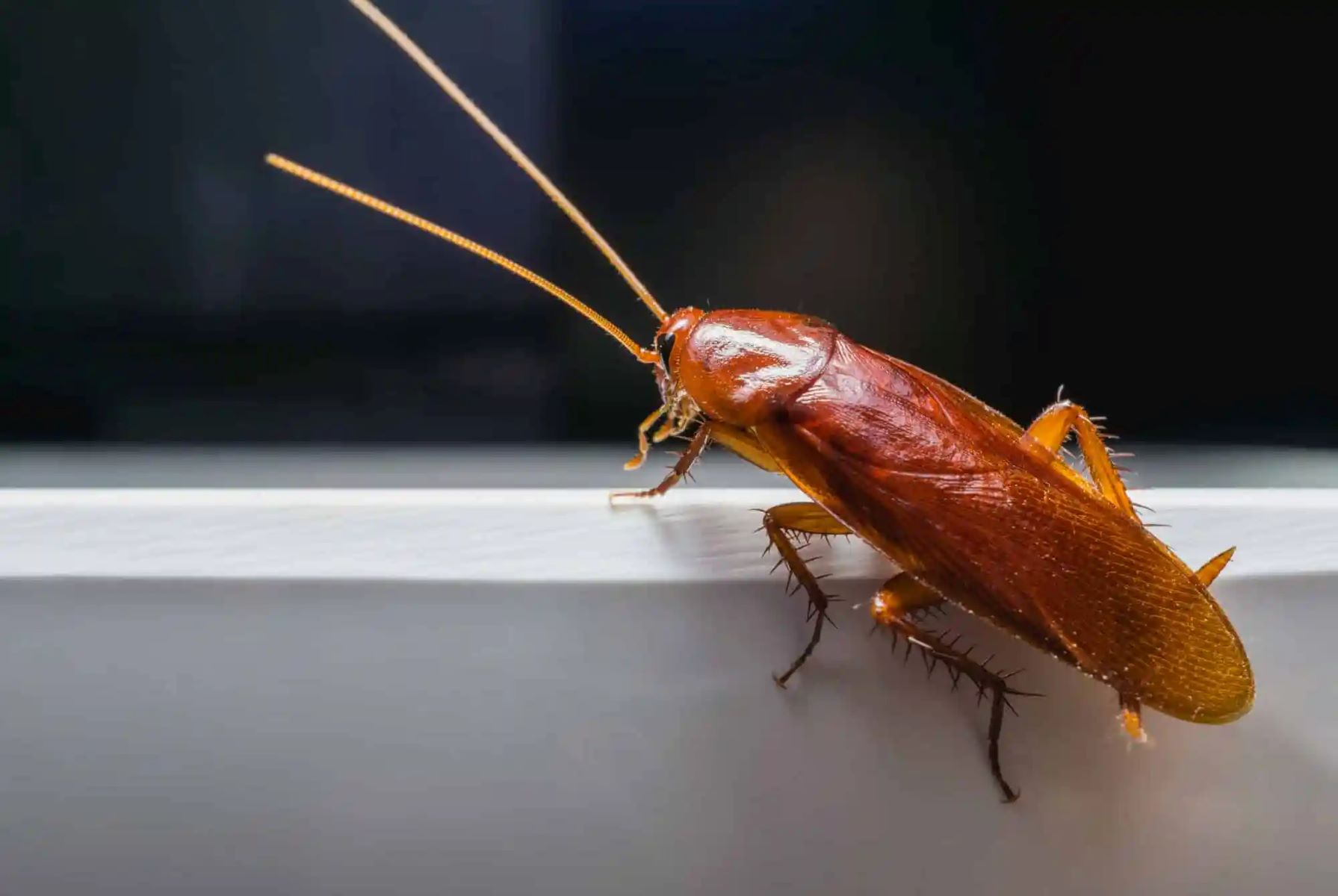Home>Home and Garden>Dealing With An Infestation Of Pincher Bugs/Earwigs In Your Home: Effective Solutions
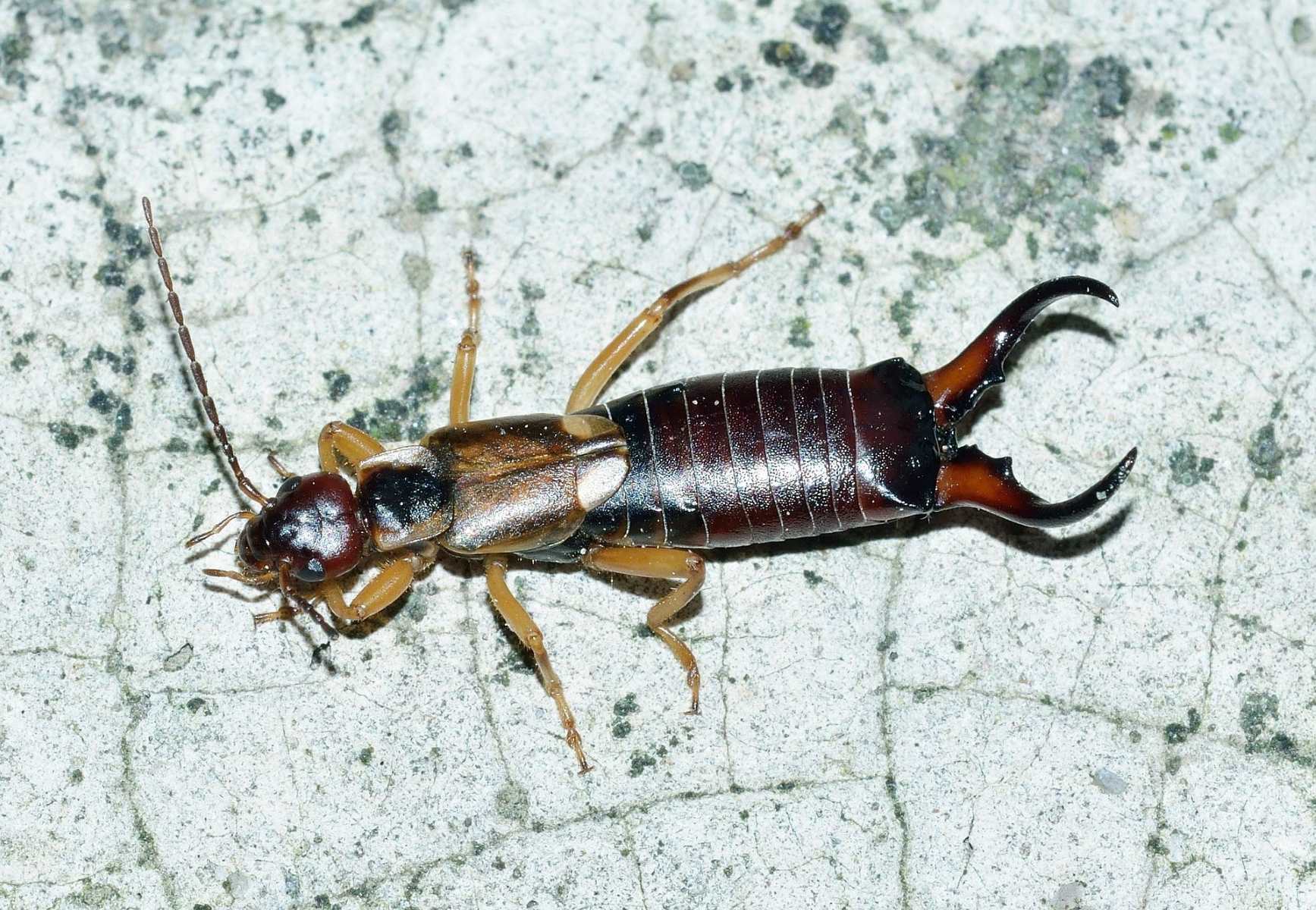

Home and Garden
Dealing With An Infestation Of Pincher Bugs/Earwigs In Your Home: Effective Solutions
Published: February 19, 2024
Discover effective solutions for dealing with a pincher bug/earwig infestation in your home. Get expert tips for pest control in your home and garden.
(Many of the links in this article redirect to a specific reviewed product. Your purchase of these products through affiliate links helps to generate commission for Regretless.com, at no extra cost. Learn more)
Table of Contents
Introduction
Dealing with an infestation of pincher bugs, also known as earwigs, in your home can be a frustrating and unsettling experience. These small, reddish-brown insects with distinctive pincers at the end of their abdomens are often found in dark, damp areas such as basements, bathrooms, and kitchens. While they are generally harmless to humans, their presence can be a nuisance, especially when they invade living spaces in large numbers.
Understanding the behavior and habits of pincher bugs/earwigs is crucial in effectively addressing an infestation. By gaining insight into their preferences, vulnerabilities, and potential entry points into your home, you can develop a comprehensive strategy to manage and prevent their presence. This article will provide valuable information on identifying pincher bugs/earwigs, understanding their behavior, and implementing effective solutions to combat and deter these unwelcome pests.
Whether you're currently dealing with a pincher bug/earwig infestation or seeking proactive measures to prevent their intrusion, this guide will equip you with the knowledge and tools necessary to address this common household pest. From natural remedies to chemical solutions, you'll discover a range of effective methods to regain control of your living space and create a more comfortable environment for you and your family.
Identifying Pincher Bugs/Earwigs
Pincher bugs, commonly known as earwigs, are easily recognizable by their distinct physical characteristics. Measuring about 5/8 inch in length, these reddish-brown insects feature elongated bodies with a pair of forceps-like pincers, or cerci, at the end of their abdomens. These pincers are primarily used for defense and mating rituals, and they are a defining trait of the earwig species.
In addition to their prominent pincers, earwigs are characterized by their slender, flattened bodies and reddish-brown coloring, often with light yellow or tan highlights. Their segmented bodies and six legs contribute to their insect classification, while their nocturnal nature makes them adept at seeking shelter during daylight hours.
When identifying pincher bugs/earwigs, it's important to note their preference for dark, damp environments. They are commonly found in areas such as basements, bathrooms, kitchens, and outdoor spaces with abundant vegetation. Their nocturnal behavior often leads them to seek refuge in secluded, moist locations, making these areas prime habitats for infestations.
Furthermore, earwigs are attracted to sources of moisture and organic matter, such as decaying plant material and mulch. This affinity for damp environments and organic debris underscores the importance of thorough sanitation and moisture control in preventing and managing earwig infestations.
In terms of behavior, earwigs are known for their nocturnal activity, emerging at night to forage for food and seek shelter. Their omnivorous diet includes a wide range of organic matter, including plants, insects, and decaying material. While they are not known to cause significant damage to household structures or crops, their presence can be a nuisance, particularly when they invade living spaces in large numbers.
By familiarizing yourself with the physical attributes, preferred habitats, and behaviors of pincher bugs/earwigs, you can effectively identify and address infestations in your home. This knowledge serves as a crucial foundation for implementing targeted prevention and control measures, allowing you to take proactive steps in managing these common household pests.
Understanding the Behavior of Pincher Bugs/Earwigs
Pincher bugs, or earwigs, exhibit distinctive behaviors that influence their interactions with their environment and their impact on households. Understanding these behaviors is essential for effectively managing and preventing infestations.
Nocturnal Activity
Pincher bugs are primarily nocturnal creatures, preferring to remain hidden during the day and becoming active at night. This behavior is driven by their instinct to avoid predators and conserve moisture. As night falls, they emerge from their hiding spots to forage for food, seek shelter, and engage in mating rituals. Their nocturnal nature often leads them to seek refuge in dark, damp areas within homes, making basements, bathrooms, and kitchens common infestation sites.
Omnivorous Diet
Pincher bugs are omnivorous, consuming a varied diet that includes plant matter, insects, and decaying organic material. This diverse diet contributes to their adaptability and ability to thrive in a range of environments. While they are not known to cause significant damage to structures or crops, their presence can be a nuisance, especially when they congregate in large numbers. Their attraction to decaying plant material and organic debris underscores the importance of maintaining clean, well-sanitized living spaces to deter infestations.
Shelter-Seeking Behavior
Earwigs are adept at seeking shelter in concealed, moist areas, particularly during daylight hours. They are drawn to environments with high humidity and organic debris, such as mulch and leaf litter. Understanding their preference for these conditions is crucial for implementing effective prevention strategies. By reducing moisture levels, eliminating organic debris, and sealing entry points, homeowners can create an inhospitable environment for pincher bugs, discouraging their presence within the home.
Reproductive Patterns
During the mating season, pincher bugs engage in elaborate courtship rituals, often involving the exchange of pheromones and tactile interactions. Female earwigs lay their eggs in underground burrows or other protected locations, where they provide maternal care to their offspring. Understanding their reproductive patterns is essential for disrupting their life cycle and preventing population growth within the home.
By gaining insight into the behavior of pincher bugs/earwigs, homeowners can develop targeted strategies to mitigate infestations and create an environment that is less conducive to their presence. This understanding forms the basis for implementing proactive measures that address the specific habits and vulnerabilities of these common household pests.
Prevention Methods
Preventing pincher bug/earwig infestations requires a proactive approach that addresses their preferred habitats, vulnerabilities, and potential entry points into the home. By implementing targeted prevention methods, homeowners can create an inhospitable environment for these pests, reducing the likelihood of infestations and minimizing their impact on living spaces.
Moisture Control and Sanitation
One of the most effective prevention strategies for pincher bugs/earwigs is to control moisture levels and maintain proper sanitation within and around the home. These pests are attracted to damp, dark environments, making basements, bathrooms, and kitchens prime targets for infestations. By addressing moisture issues such as leaks, condensation, and standing water, homeowners can significantly reduce the appeal of these areas to pincher bugs. Additionally, ensuring proper ventilation and using dehumidifiers can help decrease humidity levels, creating an inhospitable environment for these pests.
Sanitation practices play a crucial role in preventing earwig infestations. Regular cleaning and decluttering of indoor and outdoor spaces can eliminate potential hiding spots and breeding grounds for these pests. Removing organic debris, such as leaf litter, mulch, and decaying plant matter, reduces the availability of food and shelter for pincher bugs, discouraging their presence around the home.
Sealing Entry Points
Pincher bugs/earwigs can gain access to homes through small cracks, gaps, and openings in foundations, walls, and windows. Sealing these entry points with caulk, weatherstripping, and sealants can effectively prevent these pests from infiltrating living spaces. Paying attention to areas where utility pipes, cables, and vents enter the home is crucial, as these are common entry points for pincher bugs. By conducting a thorough inspection and addressing potential entryways, homeowners can fortify their defenses against these pests.
Outdoor Landscape Management
Managing the outdoor landscape is essential for preventing pincher bug/earwig infestations. This includes maintaining a clear perimeter around the home by trimming vegetation, removing debris, and creating a barrier between outdoor habitats and the house. By minimizing the presence of dense vegetation and organic debris near the home, homeowners can reduce the likelihood of pincher bugs finding their way indoors. Additionally, creating a dry, well-drained foundation perimeter can deter these pests from seeking shelter in close proximity to the house.
Implementing Integrated Pest Management (IPM) Techniques
Integrated Pest Management (IPM) techniques offer a comprehensive and sustainable approach to preventing and managing pincher bug/earwig infestations. This method combines proactive measures such as habitat modification, exclusion, and sanitation with targeted pesticide applications, if necessary. By integrating multiple strategies and focusing on long-term prevention, homeowners can effectively reduce the risk of infestations while minimizing the reliance on chemical treatments.
By implementing these prevention methods, homeowners can proactively address the factors that contribute to pincher bug/earwig infestations, creating an environment that is less conducive to their presence. These targeted strategies not only help prevent infestations but also contribute to the overall well-being and comfort of the home environment.
Natural Remedies for Pincher Bugs/Earwigs
Implementing natural remedies for pincher bugs/earwigs offers homeowners effective and eco-friendly alternatives to manage and deter these pests without relying on chemical treatments. By harnessing the power of natural ingredients and strategic interventions, individuals can create a pest-resistant environment while minimizing potential risks to human health and the ecosystem.
Diatomaceous Earth
Diatomaceous earth, a natural sedimentary rock powder derived from fossilized algae, serves as a potent natural remedy for controlling pincher bugs/earwigs. When applied in areas where these pests are active, diatomaceous earth acts as a desiccant, effectively dehydrating and ultimately eliminating the insects. Its abrasive texture damages the exoskeleton of the pests, leading to dehydration and death. To use diatomaceous earth, simply apply a thin layer in areas where pincher bugs are prevalent, such as dark, damp spaces and entry points into the home. Regular reapplication may be necessary, especially after exposure to moisture.
Essential Oils
Certain essential oils, such as lavender, peppermint, and citrus oils, possess strong repellent properties that can deter pincher bugs/earwigs from inhabiting indoor and outdoor spaces. These oils can be diluted with water and sprayed in infested areas, creating a natural barrier that discourages the pests from congregating. Additionally, placing cotton balls soaked in essential oils in strategic locations, such as entryways and dark corners, can effectively repel pincher bugs. The aromatic qualities of these oils not only serve as a natural deterrent but also contribute to a pleasant and refreshing atmosphere within the home.
Natural Predators
Introducing natural predators of pincher bugs/earwigs, such as ground beetles, centipedes, and birds, into the outdoor environment can help regulate and reduce the population of these pests. These predators feed on pincher bugs and contribute to the natural balance of the ecosystem. Creating habitats that attract and support these natural predators, such as providing shelter and suitable food sources, can help mitigate pincher bug infestations in outdoor spaces.
Beneficial Nematodes
Beneficial nematodes, microscopic roundworms that occur naturally in soil, offer an effective biological control method for managing pincher bug/earwig populations. When applied to the soil in outdoor areas, beneficial nematodes seek out and parasitize the larvae of pincher bugs, ultimately reducing their numbers. This natural approach targets the pests at their developmental stage, contributing to long-term population control without harming beneficial organisms or the environment.
By incorporating these natural remedies into their pest management strategies, homeowners can effectively address pincher bug/earwig infestations while minimizing the use of chemical treatments. These eco-friendly solutions not only offer effective control of these pests but also contribute to a healthier and more sustainable living environment.
Chemical Solutions for Pincher Bugs/Earwigs
When natural remedies and preventive measures are insufficient in managing pincher bug/earwig infestations, homeowners may consider chemical solutions to effectively control and eliminate these pests. It's important to approach the use of chemical treatments with caution and adhere to safety guidelines to minimize potential risks to human health and the environment. Here are some chemical solutions commonly used for addressing pincher bug/earwig infestations:
Insecticidal Sprays
Insecticidal sprays formulated specifically for indoor and outdoor use can provide targeted control of pincher bugs/earwigs. These sprays often contain pyrethroid-based or botanical insecticides that effectively kill and repel these pests upon contact. When applying insecticidal sprays indoors, it's essential to focus on areas where pincher bugs are active, such as basements, bathrooms, and kitchens. Outdoors, perimeter treatments around the foundation of the home can create a barrier that deters these pests from entering living spaces.
Dust Insecticides
Dust insecticides, such as silica aerogel or boric acid-based products, can be applied in voids, cracks, and crevices where pincher bugs/earwigs are known to harbor. These dust formulations adhere to the pests' bodies, leading to desiccation and eventual mortality. Dust insecticides are particularly effective in hard-to-reach areas and can provide long-lasting control when applied strategically.
Granular Baits
Granular baits containing insecticidal compounds can be utilized to target pincher bugs/earwigs in outdoor environments, particularly in areas with high moisture and organic debris. These baits are designed to attract and eliminate these pests while minimizing exposure to non-target organisms. When applying granular baits, it's important to follow label instructions and avoid direct contact with the product.
Professional Pest Control Services
In cases of severe or persistent infestations, seeking the expertise of professional pest control services may be necessary. Licensed pest control professionals can assess the extent of the infestation, identify key harborage areas, and implement targeted chemical treatments in compliance with safety regulations. Professional services often utilize integrated pest management (IPM) approaches, combining chemical treatments with preventive measures for comprehensive pest control.
Before using any chemical solutions for pincher bug/earwig control, homeowners should carefully read and follow the instructions provided on product labels. It's essential to prioritize safety by using personal protective equipment, applying treatments in well-ventilated areas, and keeping children and pets away from treated surfaces until the products have dried or settled. Additionally, considering the potential impact on non-target organisms and the environment is crucial when using chemical solutions for pest control.
By understanding the available chemical solutions and exercising responsible application practices, homeowners can effectively address pincher bug/earwig infestations while minimizing potential risks and maintaining a safe living environment.
Conclusion
In conclusion, addressing an infestation of pincher bugs, also known as earwigs, requires a multifaceted approach that encompasses identification, understanding of behavior, prevention, and targeted solutions. By familiarizing oneself with the physical attributes and habits of pincher bugs/earwigs, homeowners can effectively identify and address infestations in their living spaces. Understanding the nocturnal activity, omnivorous diet, shelter-seeking behavior, and reproductive patterns of these pests provides valuable insight for implementing proactive measures and targeted interventions.
Prevention methods play a pivotal role in creating an environment that is less conducive to pincher bug/earwig infestations. Controlling moisture levels, maintaining proper sanitation, sealing entry points, and managing the outdoor landscape are essential components of a comprehensive prevention strategy. By integrating these measures, homeowners can significantly reduce the risk of infestations and minimize the impact of these pests on their living spaces.
Natural remedies offer eco-friendly alternatives for managing and deterring pincher bugs/earwigs without relying on chemical treatments. From diatomaceous earth and essential oils to natural predators and beneficial nematodes, these natural solutions provide effective control while contributing to a healthier and more sustainable living environment.
When natural remedies and preventive measures are insufficient, homeowners may consider chemical solutions for targeted control of pincher bugs/earwigs. Insecticidal sprays, dust insecticides, granular baits, and professional pest control services offer effective options for addressing infestations, provided they are used responsibly and in compliance with safety guidelines.
By combining these approaches and tailoring them to the specific needs of their living spaces, homeowners can effectively manage and prevent pincher bug/earwig infestations, creating a more comfortable and pest-resistant environment for themselves and their families.
In essence, addressing pincher bug/earwig infestations requires a holistic understanding of these pests and a proactive, integrated approach to pest management. By leveraging a combination of identification, prevention, natural remedies, and targeted solutions, homeowners can regain control of their living spaces and create an environment that is less hospitable to these common household pests.


